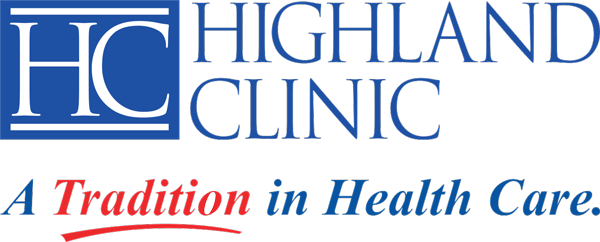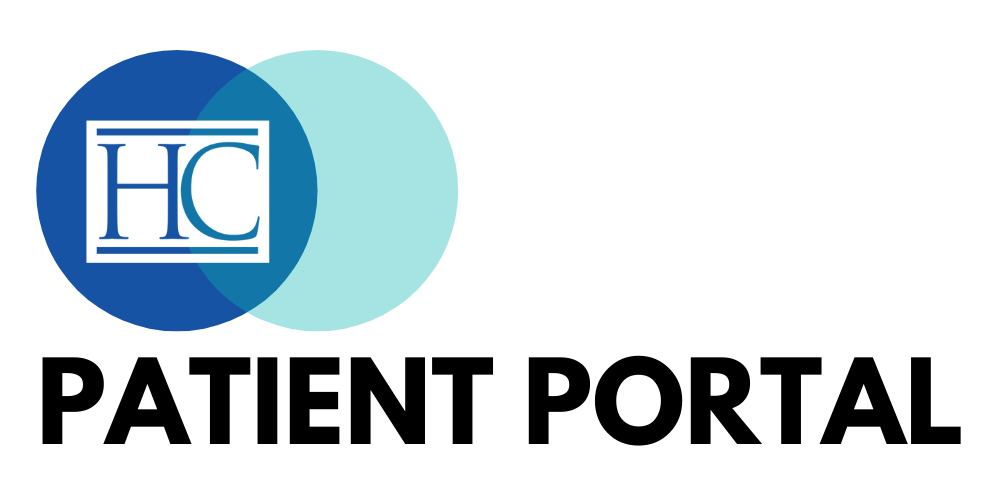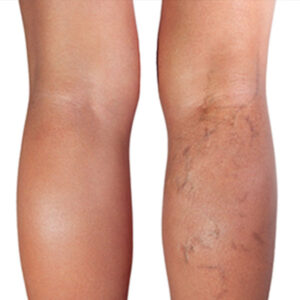What Are Varicose Veins?
Source https://theforumnews.com/article-2736-varicose-veins.html
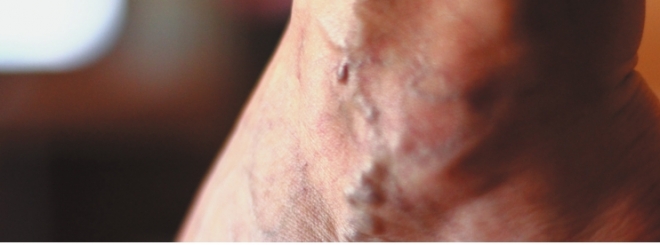
Surgical treatment options
What are Varicose Veins?
Varicose veins are dilated, bulging, rope-like veins that are blue and lie just below the skin surface. They are part of the superficial venous system in the leg. The saphenous vein is the main superficial vein in the leg that runs on the inner part of the leg from the groin to the ankle. In normal patients, the saphenous vein has multiple one-way valves that prevent pooling of blood in the superficial venous system. In some patients, the valves become incompetent, resulting in increased pressure causing vein branches to dilate and form varicose veins.
What are Spider Veins?
Spider veins are tiny veins that are blue or red in color and lie closer to the skin surface than varicose veins. They resemble spider webs and are often unsightly to the patient.
Symptoms of Varicose Veins/ Spider Veins
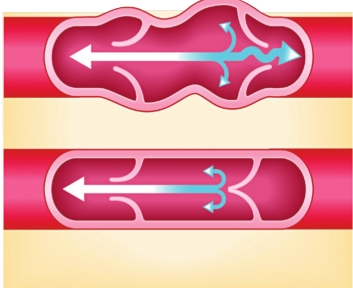
Moderate and large varicose veins can cause an aching or burning pain after standing. The blood pools because of the incompetent valves in the superficial venous system causing the veins to dilate and stretch. Blood clots can occasionally occur, a condition called thrombophlebitis. This is not a life-threatening condition like a deep vein clot but can cause pain and localized swelling. As varicose veins become more severe, hardening of the skin can occur from scar tissue, and a dark pigment may stain the skin. On occasion, ulcers of the skin can form, as well. Less commonly, a varicose vein may erode the skin, resulting in significant bleeding. Some patients can develop a rash that can be bothersome.
Large spider veins can cause some mild discomfort, but most of the time they are asymptomatic. Most patients are more concerned with the appearance than symptoms from spider veins.
Treatment for Varicose Veins
Initial treatment of symptomatic varicose veins includes compression stockings and leg elevation. In warmer climates, wearing compression stockings on a daily basis is more difficult. Varicose vein surgery is an option for patients whose symptoms are not controlled with conservative treatment. Surgery has been performed for many years, and the main principle has been treating the source of the varicose veins – the incompetent valves in the saphenous vein. Saphenous vein “stripping” was performed for many years. Although the operation was successful most of the time, it was a traumatic procedure that required general anesthesia and resulted in significant scarring, bruising and postoperative pain.
In recent years, techniques have been developed to close the saphenous vein to avoid “stripping.” This treatment is called endovenous ablation and can be performed with either a laser or radiofrequency energy source. It is coupled with removal of the varicose veins through tiny puncture wounds (micro-phlebectomy). This technique has been a remarkable advancement in treatment of varicose veins.
Treatment of Spider Veins
In my practice, I have found that spider veins are best treated by injection with solutions that obliterate the lumen of the vein. This procedure is called sclerotherapy. The vein must be large enough to cannulate with a tiny needle to be successful. Currently, I use a solution called Polydoconol that is a detergent that irritates the vein lining and causes the lumen to close. Large spider veins are better treated by using a foam solution of Polydoconol. Some physicians have used laser treatment for spiders, but most have found sclerotherapy to be more successful.
Advantages of the New Procedure
Endovenous saphenous vein ablation using the laser is a less traumatic procedure than vein stripping, resulting in less pain and bruising. Removal of the varicose veins using the microphlebectomy techniques utilizes tiny stab incisions that require no suture and minimal scarring. Patients often return to work in several days. We perform these procedures in our office under local anesthesia with intravenous sedation.
Patients experience minimal pain during the procedure and require analgesics only for a few days postoperatively.
Insurance Coverage?
Almost all insurance companies including Medicare and TriCare cover laser endovenous ablation of the saphenous vein. Most require a trail of conservative therapy with compression stockings. Spider vein treatments are considered cosmetic and are not typically covered. The consultation and venous ultrasound, if ordered, are usually covered by insurance.
Who Should Perform Varicose Vein Surgery?
Vascular surgeons are the best qualified physicians to perform endovenous saphenous vein ablation and microphlebectomies. In recent years, some nonsurgical medical specialists have started to treat varicose veins with endovenous ablation, but they are not trained to perform microphlebectomies. Consequently, the varicose veins do not disappear leading to a suboptimal result.
Summary Minimally invasive techniques have resulted in dramatic improvement in surgery for varicose veins with less postoperative pain, shorter recovery time and acceptable cosmesis.
Charles D. Knight Jr., M.D., FACS is a retired surgeon, board-certified in general and vascular surgery. Dr. Knight performed general and vascular surgeries, including endoscopies, laparoscopies, vascular including arteries and veins. He cofounded the Highland Clinic Vein Center that offers endovenous laser ablation for varicose veins and sclerotherapy for spider veins. The Highland Clinic Vein Center is located at 1455 E. Bert Kouns Industrial Loop, Suite 203, Shreveport, LA 71105. Visit http://www. highlandclinic.com/staff/charles-knight-jr-m-d for more information.
